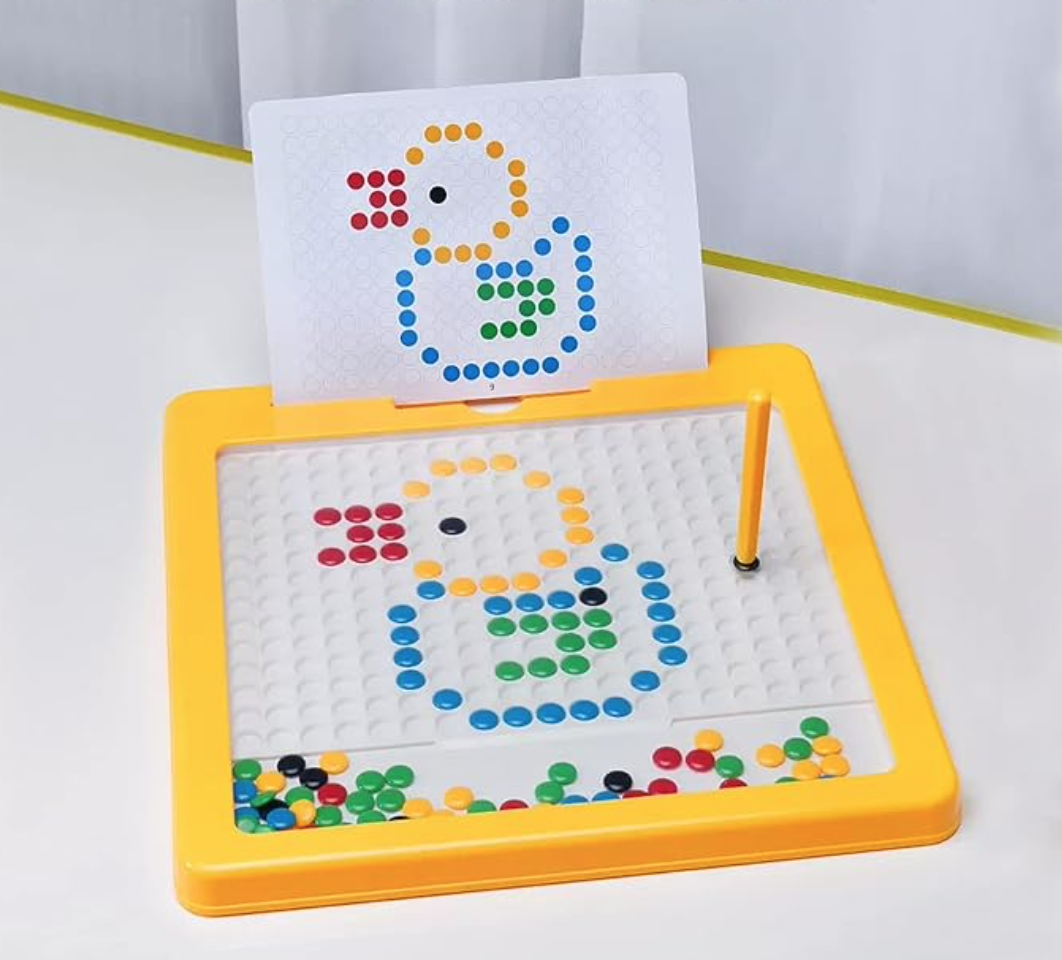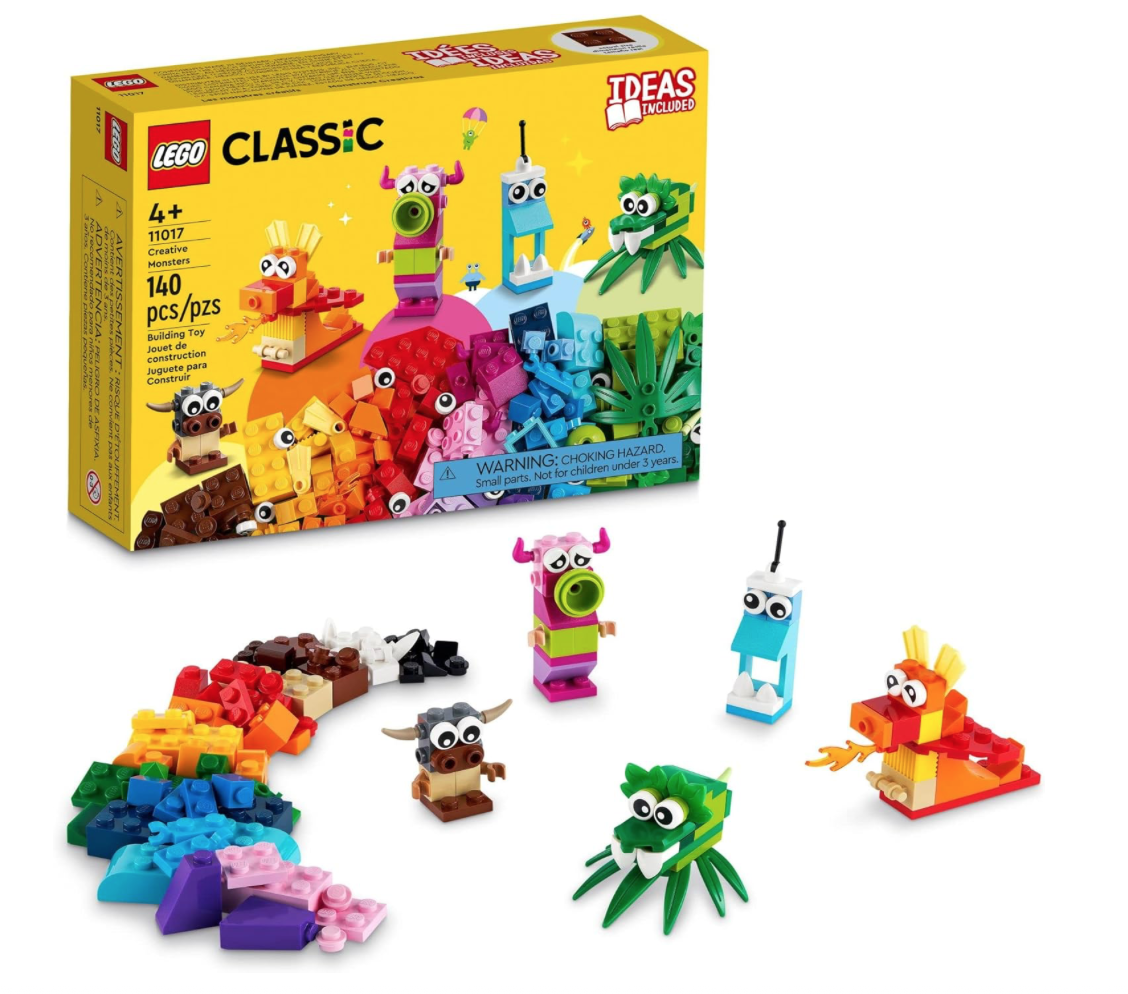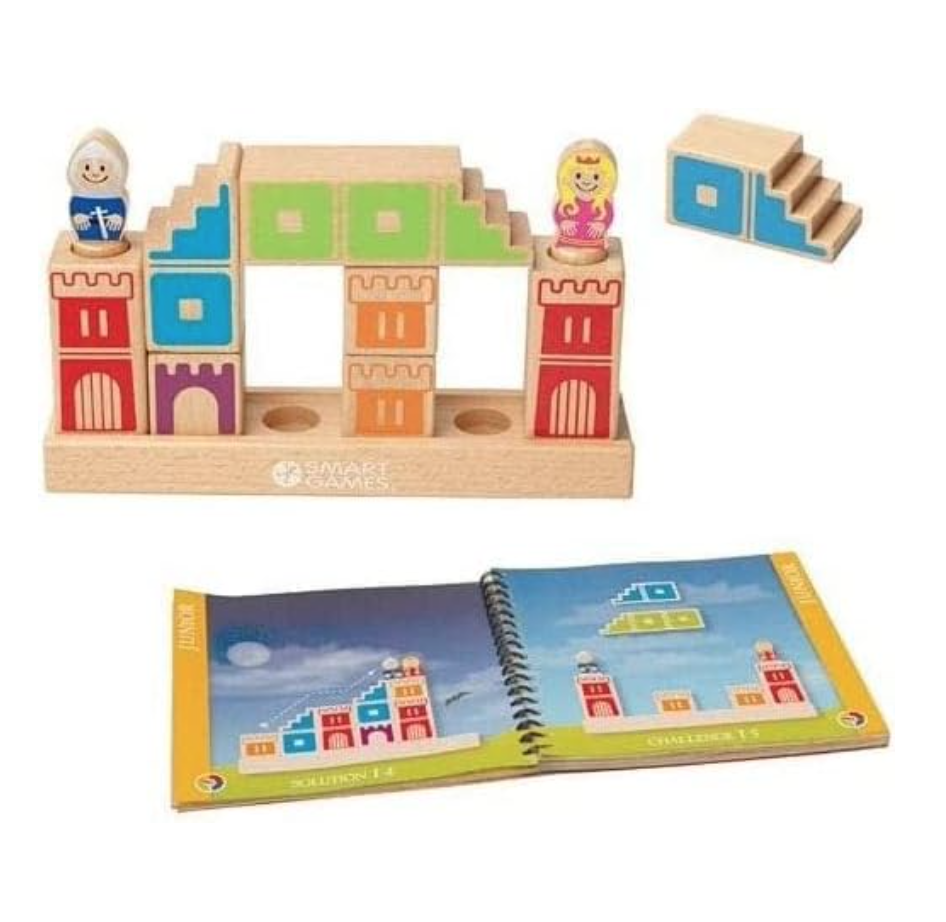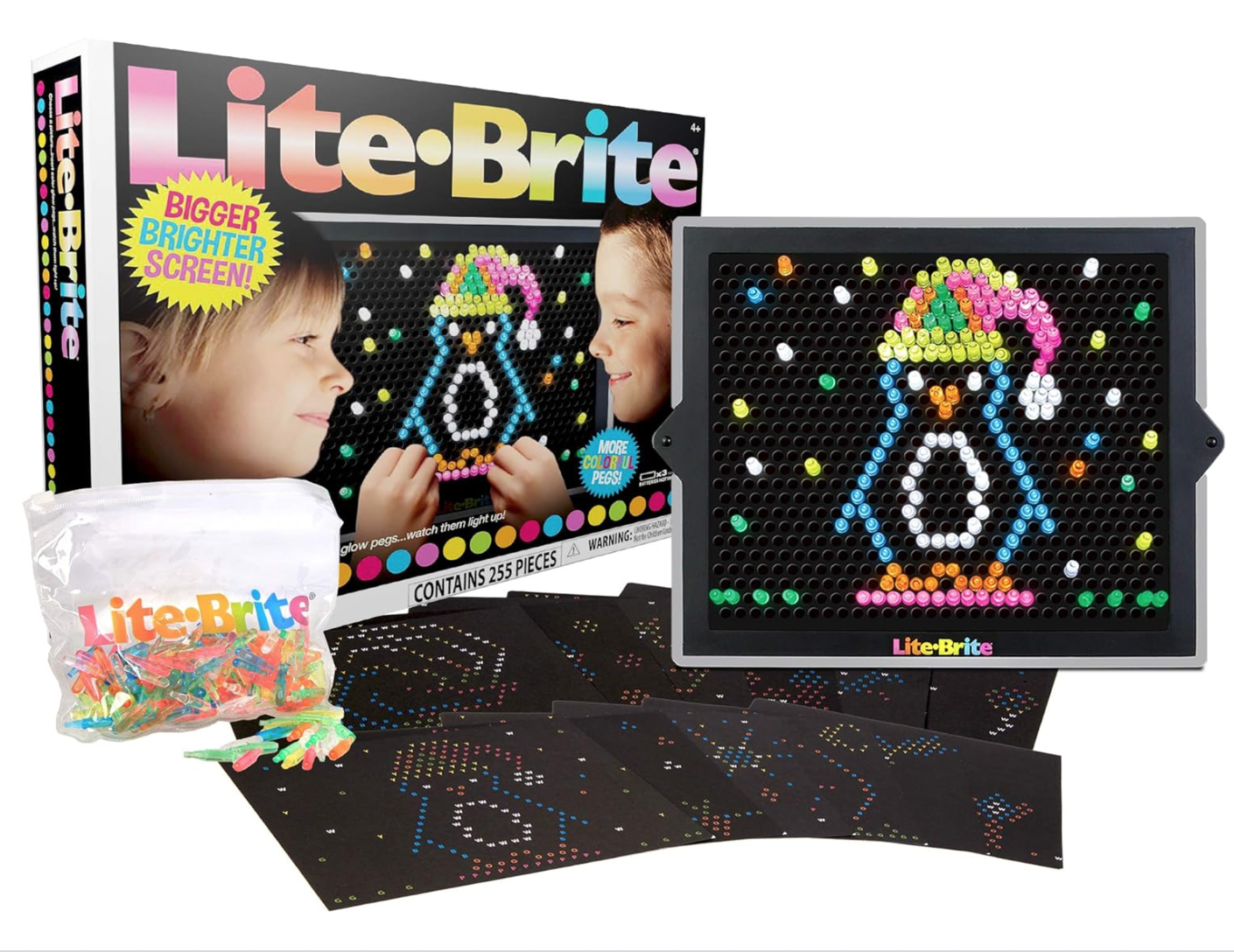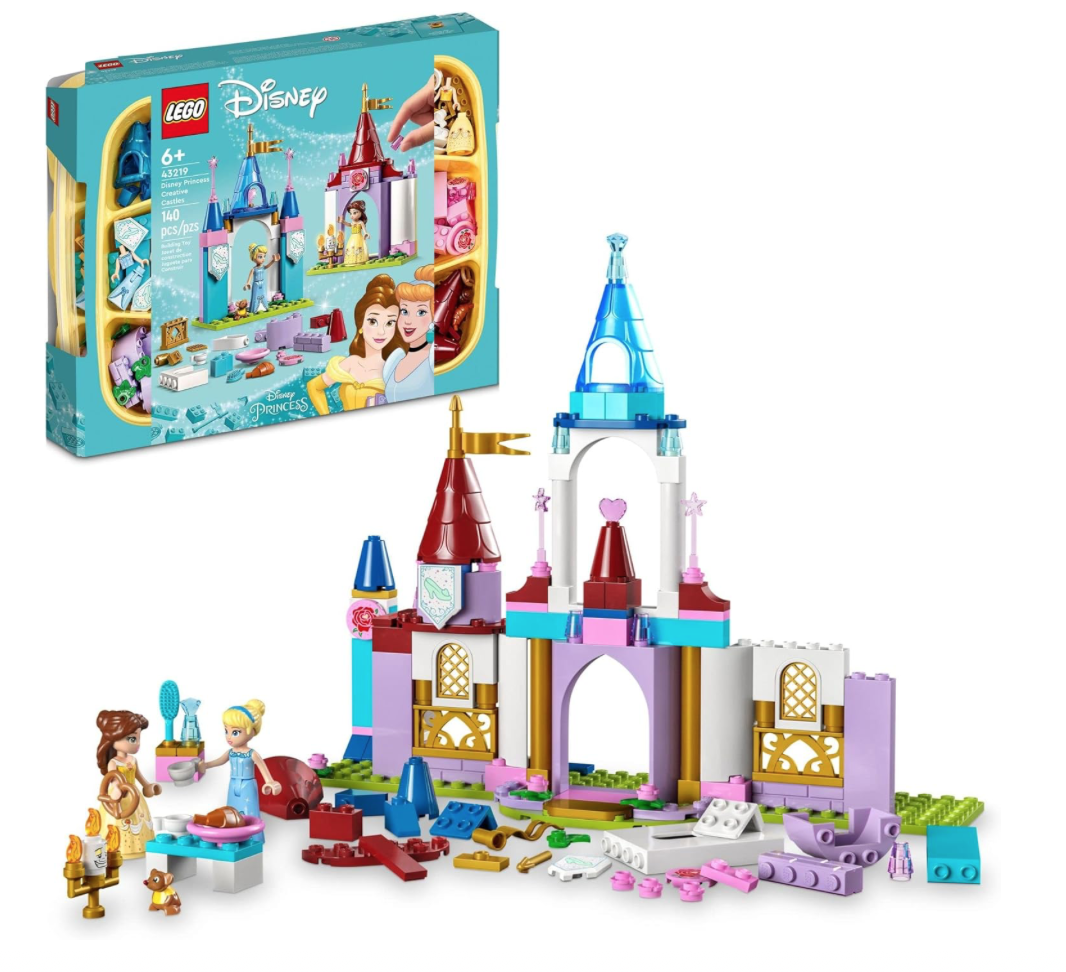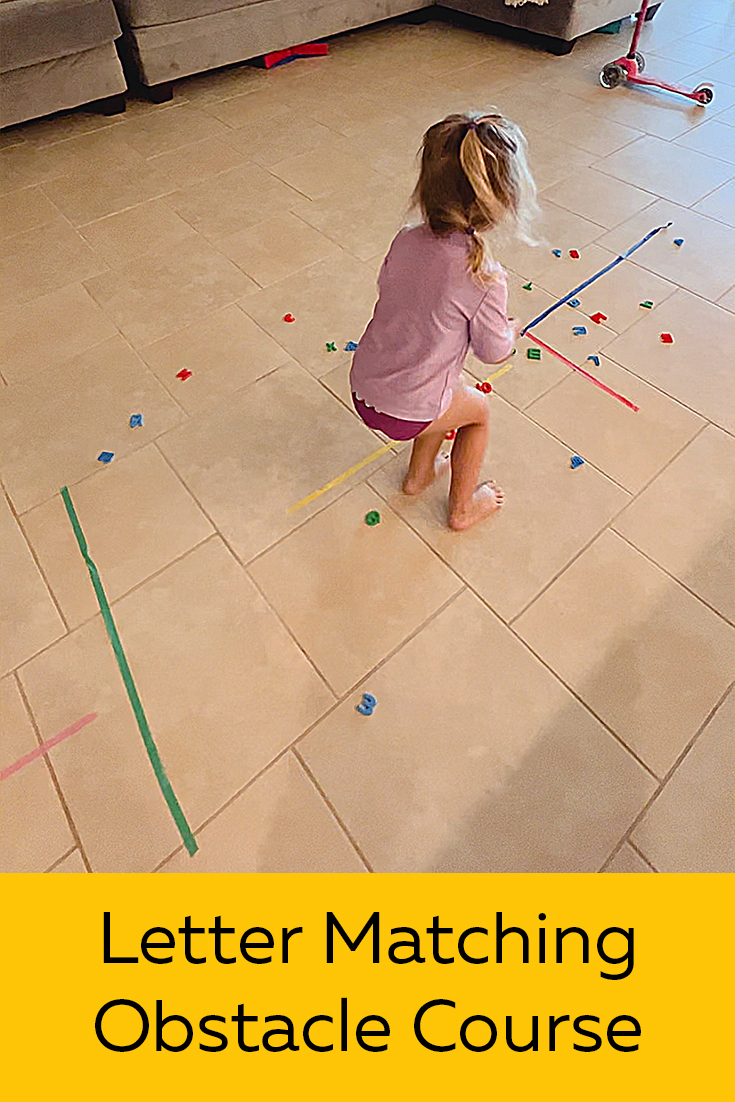Quiet Time: How to Ease Your Toddler Into Calm Without Losing Your Mind
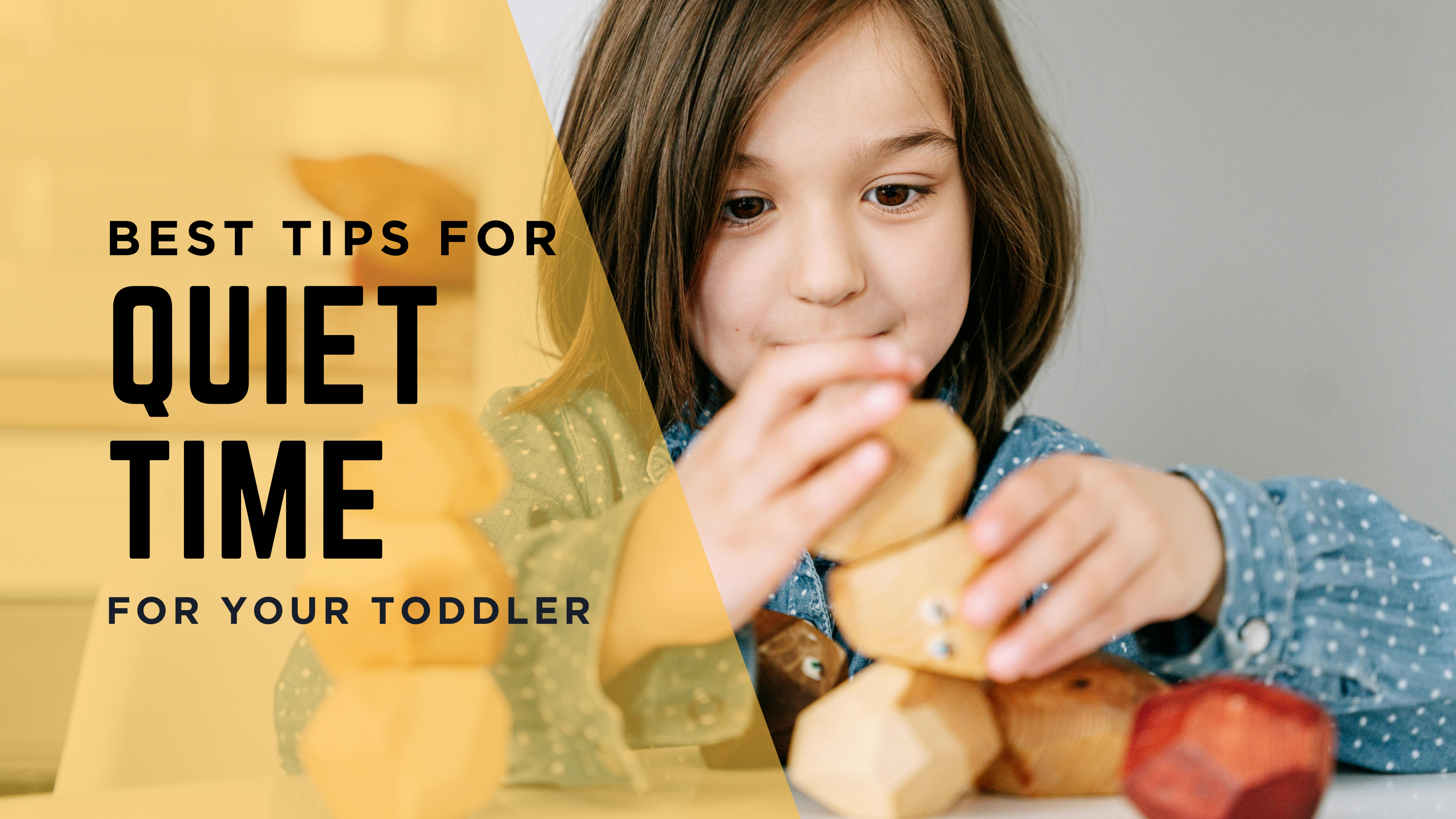
This post may contain affiliate links. That means we may make a small commission on items purchased through links in this post at no extra cost to you!
Hey, mama. If you’re reading this, chances are you’re somewhere in that tricky, beautiful stage where your little one is starting to drop their naps—but they’re still not quite ready to be up and about all day without a break. Maybe you’re clinging to that last bit of quiet, secretly hoping for a moment to breathe, or maybe you’re feeling a little overwhelmed trying to figure out what’s next. Trust me, I’ve been there. I’ve had the lukewarm coffee in one hand, a toddler clutching my leg, and a baby monitor in the other. It’s exhausting—but also such a precious time to help your kiddo learn to be calm and independent. So, let’s chat about how to introduce quiet time in a way that feels doable—no tears, no chaos, just a gentle transition and a little peace for everyone and a much-needed break.
Quiet time maintains a restorative break in your child’s day by giving them the choice to rest or play independently. Your toddler or preschooler may even surprise you by taking an occasional nap during quiet time when their little body needs extra rest.
When Can You Start Quiet Time?
Here’s the thing: once your toddler starts resisting naps, usually around 2 to 3 years old, that’s a great time to start thinking about quiet time. Just because they’re not sleeping doesn’t mean they don’t need some downtime. Quiet time is a chance for them to rest, reset, and learn to enjoy some calm on their own. And honestly? It’s a lifesaver for us moms.

How Do You Transition from Nap to Quiet Time?
Here’s the scoop: it takes patience, but it’s totally doable. Here are some tips that worked for me—and many moms I know:
Make the Room Safe and Cozy:
Turn it into a “yes space”— remove anything unsafe or overstimulating. Think soft lighting, a few favorite stuffed animals, and maybe a blanket they love. When setting up your toddler’s room for quiet time, we want to create a calm and safe space. We also want to be sure that the entire room is safe for independent play: check that all electrical outlets are covered and there are no loose cords or wires, anchor tall furniture to the wall, and adjust any decorations that may now be easy to reach, use a video monitor to keep an eye on your toddler during quiet time. Consider adding a door alarm so you’ll be alerted if your toddler leaves the room.
Create a Routine:
I find it’s best to aim for quiet time at about the same time each day since toddlers and preschoolers thrive on predictability and routine. Consider a wind-down routine like going to the potty and then reading a book together. This will cue your toddler’s brain that quiet time is coming. Maybe do a calming activity before: read a book, sing a lullaby, or press play on their favorite Tonie (a no-screen storytelling "box" that many toddlers love). This signals that it’s winding down time.
We always have the same sequence of events: lunch, book, and put on a story. At this point, my daughter gets a book right after lunch and then goes straight into her room to see what activities or toys I have prepared for her today, and puts a Tonie on. But of course, it took practice. Stick to your routine, and you will see the magic of it.
Set the Environment with Choices:
You’ll want to provide options for independent play during quiet time. (I find that most do best with 3-5 activities to choose from.) To keep your toddler motivated and entertained, you may want to keep a bin of activities that are reserved just for quiet time and rotate the activities every few weeks. I have a shelf in my closet with all the quiet time activities, so when it's time to do a rotation, I know where to get them from, and it doesn't take long at all.
When selecting activities, choose calm and quiet activities, and consider safety (Avoid choking hazards or anything that requires your supervision). Consider options like puzzles, toy animals, or blocks. You can see the list of activities and toys that we use on my Amazon page.
Giving them some control can make a big difference. Ask, “Would you like the animal story Tonie or the lullaby one?” or “Do you want to color or play with puzzles today?” Little choices help them feel empowered.
Visual Timer or OK-to-Wake Light:
Tools like a Hatch clock or a simple timer help your kiddo understand when quiet time starts and ends. It’s like giving them a visual cue to stay calm and wait for the “all clear.”
Start Small:
To set your toddler up for quiet time success, I recommend starting with 10-15 minutes and gradually increasing by 15 minutes every few days, depending on how your little one is adjusting. Our goal is for quiet time to last 60-90 minutes without needing your assistance. Praise them like they’ve just won the lottery, and then slowly extend the time as they get used to it. Or you can "catch” your child succeeding at quiet time: stick your head in the door and celebrate them for staying in their room. If you notice your toddler starting to get restless, end quiet time and talk about how well they did. Keep celebrating the small wins, and eventually, quiet time will become a natural part of your day.
Get Excited About It:
Talk about quiet time like it’s a special adventure or a secret club. Kids love feeling like they’re doing something important.
Be consistent:
Consistency is key when helping your toddler shift from nap time to quiet time. Even with all the right tools, it’s still a big adjustment! Some toddlers settle into the new rhythm quickly, while for others, it might take 2-4 weeks. The most important thing is to stay steady with the message: quiet time is part of the daily routine, and it’s not optional. Expect a mix of good days and tough ones during the transition. Stay patient, stay consistent—you’re laying the foundation, and you will get there!
What is Quiet Time For?
Quiet time isn’t about forcing sleep—it’s about giving your child the space to rest, recharge, and explore independent play at their own pace. It helps them learn how to enjoy their own company, use their imagination, and build important skills like focus and emotional regulation. Think of it as a little “me time” for them—a break from the busyness of the day where they can just be. And just as importantly, it’s “me time” for you, too. It gives you a moment to breathe, reset, and catch up on whatever you need—whether that’s a cup of coffee, a quick workout, or simply sitting in the quiet yourself. Quiet time benefits everyone in the family and becomes a peaceful, treasured part of the daily routine.
Why Is Quiet Time Such a Gift?
Quiet time isn’t just a break for you—it’s a powerful tool for your child’s development. It encourages their imagination and independence, giving them the space to play, explore, or simply rest without the pressure of taking a nap. By reducing sensory overload, it helps them reset and recharge, which boosts focus and supports emotional regulation. And let’s be honest—while they’re enjoying that peaceful pause, you get a chance to breathe, regroup, and maybe even enjoy that coffee while it’s still hot.
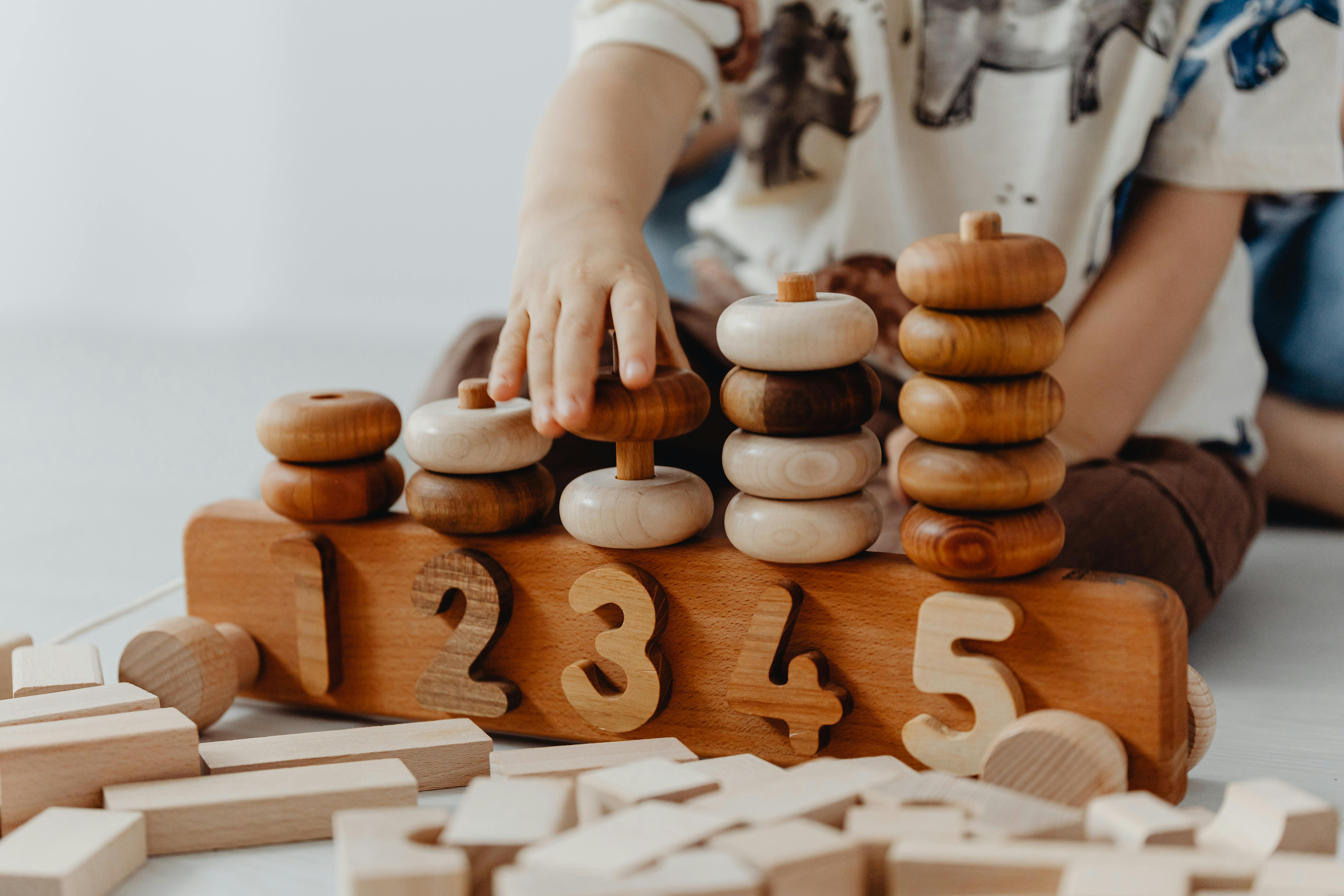
Is Quiet Time Bad for Your Child?
Not at all. It’s actually wonderful for their development. It teaches them to be comfortable alone and helps them manage their emotions. An added benefit of quiet time for kids is that independent play helps develop creativity and problem-solving skills. Win-win all around.
Sample Quiet Time Routine
Here’s a simple routine that worked wonders for us:
1. Lunch and diaper/potty break,
2. Snuggle up with a favorite story or book (Turn on the Toniebox with a calming story or song if you don't have the time for a book),
3. Set a timer or Hatch clock,
4. Offer 2–3 quiet activities (like puzzles, coloring, or stuffed animals),
5. End with hugs and some special one-on-one time.
Can Quiet Time Bring Back Naps?
Sometimes, yes! If your kiddo is overstimulated or overtired, they might even fall asleep during quiet time—surprising, I know! Keeping a consistent routine without the pressure to nap can help their body cycle back into regular sleep patterns.
What if Your Toddler Cries?
That’s totally normal, especially at first. Offer comfort without making a big fuss—maybe a favorite Tonie or a soft song. Keep it short, like 2-5 minutes, and gradually increase as they get used to it.
Does Temperament Matter?
Absolutely. Some kids love solo time, others take longer to adjust. If your little one is more sensitive or social, extra comfort, routine, and predictability (like a favorite Tonie every day) can make all the difference. Remember, patience is key—over time, they’ll learn that quiet time is a safe, peaceful part of their day.
What Activities Can They Do?
When it comes to setting up a peaceful and engaging quiet time, a few well-chosen activities can make all the difference. Think Toniebox stories or music, favorite board books, stuffed animals or dolls, Water Wow or simple coloring books, quiet puzzles or stacking toys, magnetic drawing boards, sticker books, or even small Lego or Duplo sets (just be mindful of tiny pieces!). Keep the options simple and rotate them every few days to keep things feeling fresh. Pay attention to what captures your child’s interest the most—your monitor can be your best friend for figuring out what truly holds their attention.
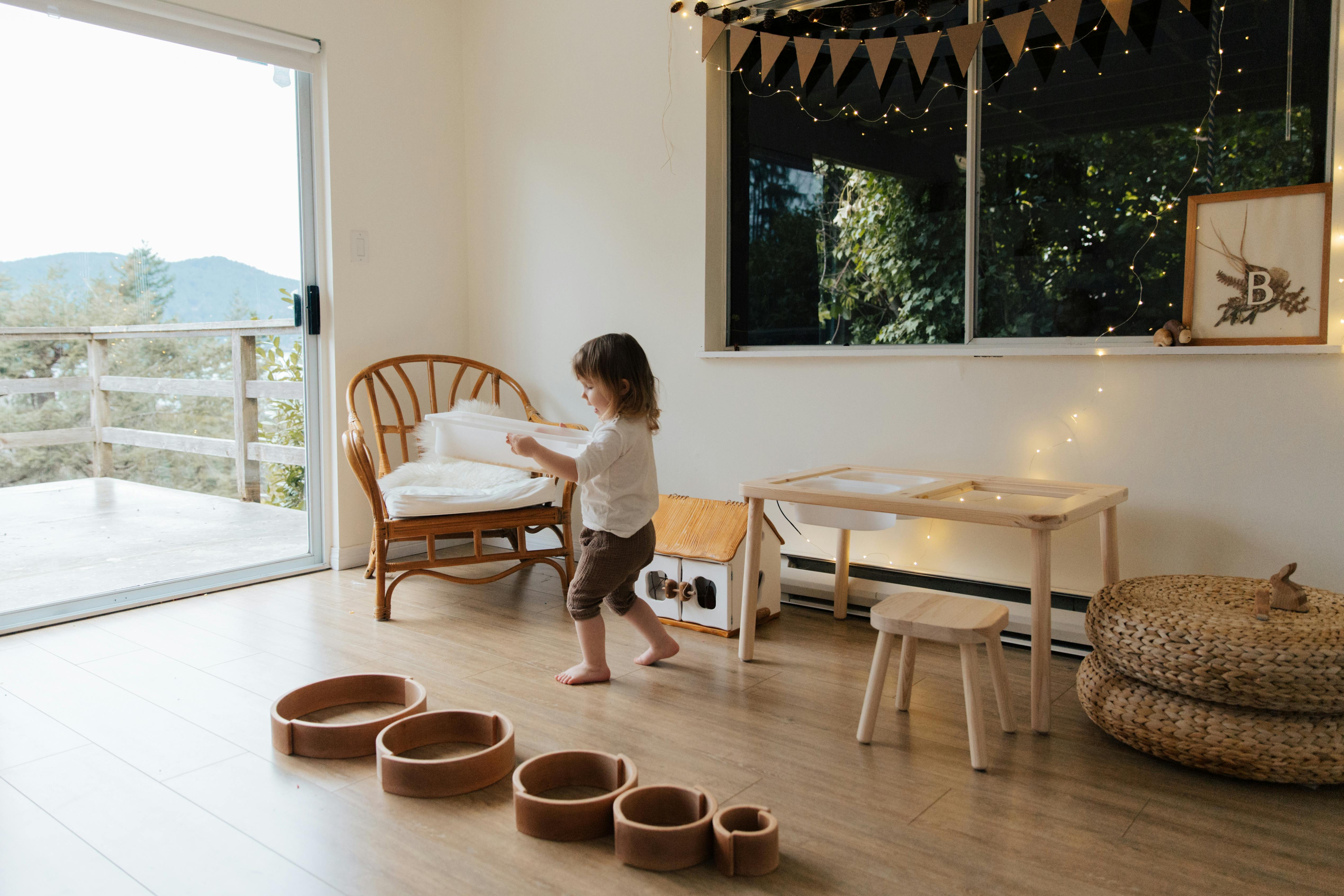
Can You Play Music During Quiet Time?
Yes! Soft background music helps them relax. The Toniebox is perfect—no screens, just gentle stories or lullabies on repeat if needed. It’s calming, engaging, and easy to manage.
How Long Should Quiet Time Last?
Start with 10–15 minutes, and work up to 45-60 minutes as they settle into the routine. Celebrate every success—you’re building a peaceful habit that benefits everyone.
What if They Won’t Stay in Their Room?
Try a toddler gate or a simple lock, keep the routine consistent, and offer fun incentives like a sticker chart. Sometimes, just a little extra encouragement makes all the difference.
Can Siblings Do Quiet Time Together?
It depends. Start separately to help each child build independence, then, if they’re comfortable, you can try a shared quiet time later on.
Mama, quiet time isn’t about perfection; it’s about giving your little one—and yourself—the chance to breathe, reset, and grow. With some patience, a few favorite toys and tools, you’ll find your rhythm. And maybe, just maybe, you’ll get to sip that hot coffee in peace for a little while. Cheers to that!


